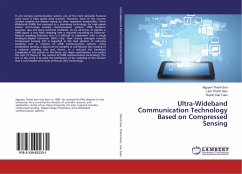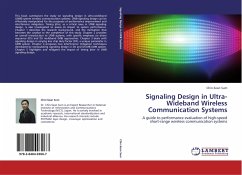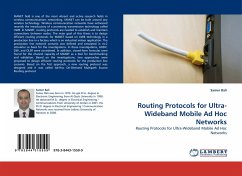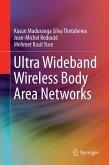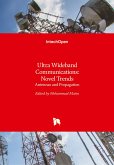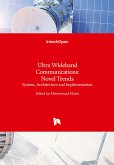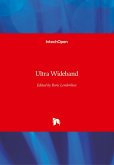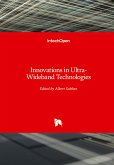In any wireless communication system, one of the most desirable features users want is high speed data transfer. However, most of the current wireless systems are limited mainly by their respective bandwidths. Ultra-Wideband (UWB) has emerged as a promising technology for high-speed indoor short-range wireless communication systems. UWB receivers, however, also has many technical problems. As we all know, to digitize a UWB signal, a very high sampling rate is required according to Shannon-Nyquist sampling theorem, but it is difficult to implement with a single Analog-to-Digital Converter (ADC) chip. New theory emerged recently Compressed Sensing (CS) is regarded as the best solution to reducing sampling rate in receiver of UWB communication systems. Using compressed sensing, a signal can be sampled at sub-Nyquist rate leading to a reduced sampling rate and, hence, to a reduced the hardware complexity of the system. In this book, our major contribution is to exploit the new CS theory in the context of UWB communication technology. The aim of this work is to solve the bottleneck of the sampling at the receiver that is not feasible with state-of-the-art ADC technology.
Bitte wählen Sie Ihr Anliegen aus.
Rechnungen
Retourenschein anfordern
Bestellstatus
Storno

